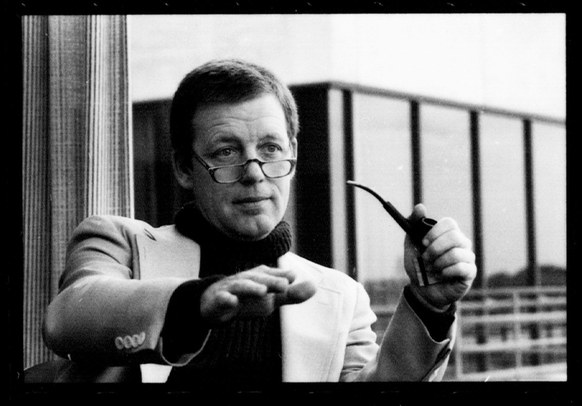SESSION 14 | ORGANIZATIONAL MEMORY
Using Schein's three levels of organizational culture, we'll consider how basic underlying assumptions, espoused values, and artifacts all interact with each other.
There's an argument to be made that we shouldn't think too much about the background to an organization
Institutions vs. collaboration | Clay Shirky
You can think about it in terms of doing something, or in terms of understanding the environment.
back to top
But what about the memory of the field you are studying?

Taylor built one of the greatest teams in the history of high-technology and kept it together for years. Heroic lone-wolf entrepreneurs may be the preferred heroes of narratives spun by the media, but history has shown us that teams—and the networks that come from them—are the true engines behind innovation in Silicon Valley and far beyond. No one understood this better than Bob Taylor.
You've never heard of tech legend Bob Taylor, but he invented ‘almost everything’ | Leslie Berlin
back to top
You don't have to read these unless you wish to, but we might touch upon them in conversation
-
Schein, E. H. (1985).
Organizational culture and leadership.
San Francisco: Jossey-Bass Publishers.
Chapter 2, Uncovering the levels of culture, 16-27. -
Posen, B. (1984).
The sources of military doctrine: France, Britain, and Germany between the world wars.
Ithaca: Cornell University Press.
pages 43-46 -
Timmons, S., & East, L. (November 01, 2011).
Uniforms, status and professional boundaries in hospital.
Sociology of Health and Illness, 33, 7, 1035-1049.
PDF - The Role of Military History in the Education of Future Officers by Michael Evans, 1997.
back to top
things we'll talk about
- Reflecting back on your thinking about this in terms of the individual, what kinds of artifacts, espoused values, and basic underlying assumptions reflect and express our place of employment? of school? of voluntary gathering?
- I may have some examples to share as well.
